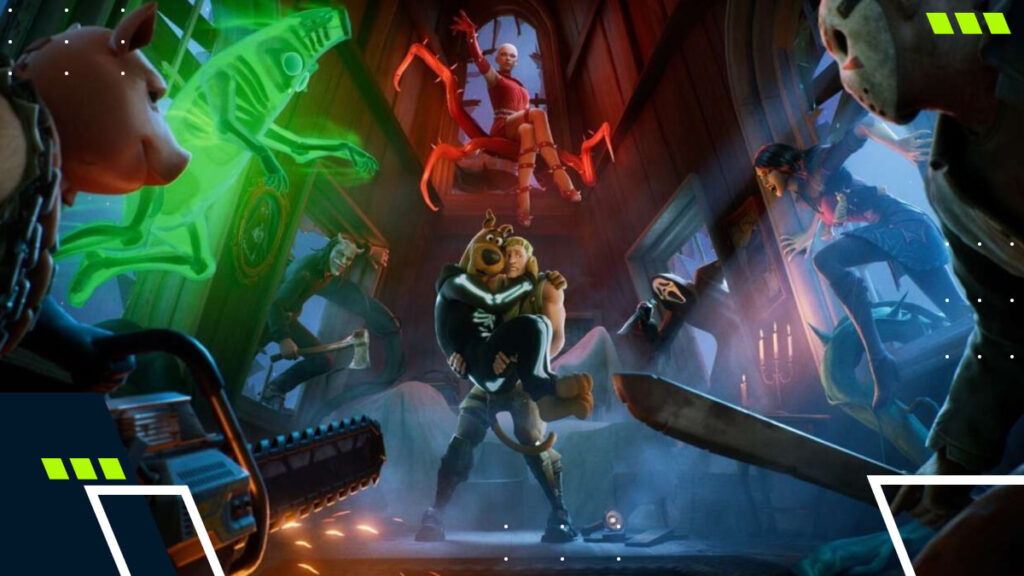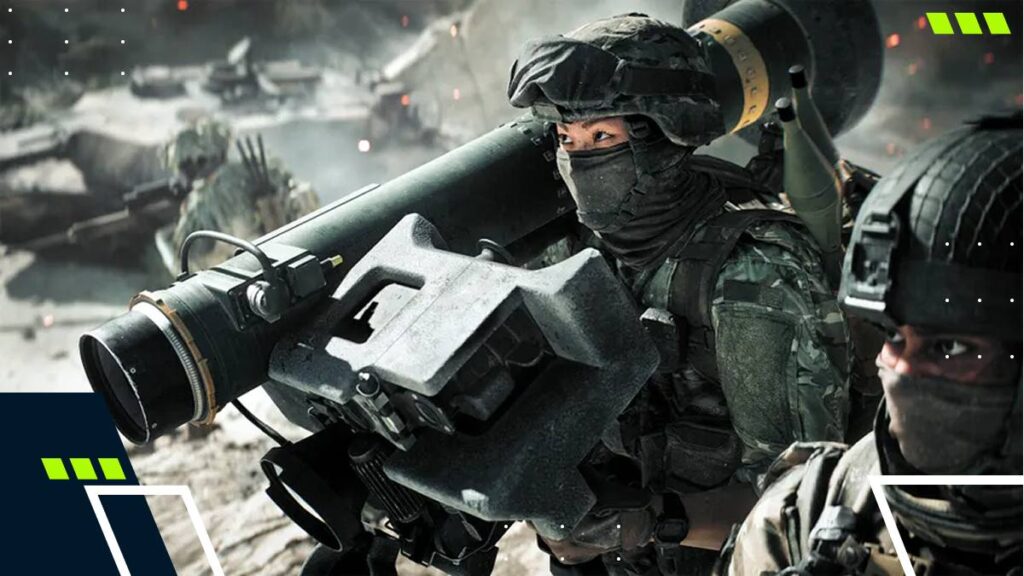What Does Over And Under Mean In Esports Betting?
Over/under is a type of bet that lets you predict the total of a specific in-game statistic.
You wager on whether that total will be higher or lower than the number set by the bookmaker.
Success in over/under betting depends heavily on solid research and informed decision-making.
In esports betting, the over/under mechanic lets you bet if a specific match statistic, such as total kills, total rounds, or map duration, will be higher or lower than a number set by the bookmaker. Instead of predicting an outright winner, you’re focusing more on precisely how the game will unfold.
In this guide, we’ll break down how over/under betting works, explore real examples from top esports titles, and share some practical tips to help you make the most of these bets.

- 1. What Is Over/Under Betting? — Explained
- 2. How To Bet On Over/Under In Esports
- 3. Over/Under Esports Betting Examples
- VALORANT Over/Under Betting
- Counter Strike 2 Over/Under Betting
- Dota 2 Over/Under Betting
- League of Legends Over/Under Betting
- Call of Duty Over/Under Betting
- EA FC Over/Under Betting
- Fortnite Over/Under Betting
- PUBG Over/Under Betting
- 4. Expert Tips For Understanding Over/Under In Esports Betting
- Study Both Sides Of The Line
- Look At Recent Form
- Watch Out For Must-Win Matches
- Keep An Eye On The Odds
- Don’t Bet Emotionally
- 5. Ready To Test Your Skills?
- 6. FAQs
What Is Over/Under Betting? — Explained
Over/under betting (or “totals”) is a popular esports market where you predict if a match statistic will land above or below a number the bookmaker sets. While it’s common across all traditional sports, it’s even more popular in esports due to the wide range of team and player-specific markets available.
Unlike outrights, which focus exclusively on long-term results like tournament winners, over/under esports bets apply to many match outcomes, such as total kills, rounds, maps, goals, or even player statistics. This offers bettors far more flexibility and variety in their esports betting.
For example, in Counter-Strike 2 (CS2), you might predict that a match will feature more or fewer kills or rounds than the line set by the bookmaker (e.g., 26 kills). If you bet over, you’re saying the outcome will exceed that number. And if you bet under, you expect the match to end with fewer kills. It’s that simple.
How To Bet On Over/Under In Esports
In esports, many sportsbooks offer over/under betting, though availability depends on the game and tournament. That said, placing your totals bet is as simple as any other wager. Here’s how it works:
- Find a licensed sportsbook. Choose a trusted sportsbook that offers esports markets, then create an account and fund your wallet.
- Choose your game, match, and market. Go to the esports section and find the line you want to bet on. Look for an over/under tab or filter the markets for totals related to that match.
- Check the line and odds. The line is the bookmaker’s set number (e.g., 25 kills), while the odds show the prices the bookmaker has offered (e.g., over -105, under -115).
- Pick over or under and set your stake. Decide on the expected outcome and add it to your betting slip. After you enter your stake, you’ll see the potential payout if your bet wins.
- Confirm the bet. Double-check your selection and hit confirm to place it.
- Watch the match. Follow the action to see how your bet plays out, or cash out early if your sportsbook offers that option.
Over/Under Esports Betting Examples
Over/under betting is a great way to explore the more intricate and strategic side of esports. If you’re tired of simply picking a winner, it’s the natural progression to taking your betting experience to the next level.
Each title, match, and tournament offers different over/under markets, depending on the game’s genre and unique mechanics. For example, a tactical shooter like VALORANT will have entirely different totals than a multiplayer online battle arena game like Dota 2 or League of Legends.
With that in mind, let’s look at some over/under bet examples across different esports to better understand the types of outcomes you can bet on.
VALORANT Over/Under Betting
Line Example: Over/Under 2.5 Maps
If you bet on Over 2.5 Maps in a best-of-three series, you’re predicting the match will go the full distance—both teams must win at least one map (ending 2-1) for your bet to win. If you bet on Under 2.5 Maps, you’re expecting a team to sweep the entire series (win 2-0).
As you can see, the under/over market focuses on how competitive the matchup will be rather than who wins the series. You’re not really picking a side; you’re simply predicting how long the match will go on. Will it be evenly matched, or will one side run away with it?
Counter Strike 2 Over/Under Betting
Line Example: Over/Under 23.5 Rounds
In CS2, each map can have a maximum of 24 rounds, with the first team to reach 13 taking the win. Betting on Over 23.5 Rounds means you expect a close fight—something like an 11-13 scoreline. By contrast, an Under 23.5 Rounds bet suggests a more one-sided match, like a team winning by 6-13.
Again, it doesn’t matter which team wins. The focus is more on how competitive you believe the match will be and how deep both teams can push the scoreline.
Dota 2 Over/Under Betting
Line Example: Over/Under 45.5 Total Kills
If you bet on Over 45.5 Kills, you’re expecting a bloodbath with tons of team fights throughout the match. In contrast, betting on Under 45.5 Kills means you think it’ll be a slower, more strategic, and objective-focused match, where teams avoid unnecessary fights.
To make the right call, look into the team’s playstyles and strategies. Do they play aggressively and go for kills? Or do they prefer to play a more disciplined style, going for objectives instead?
League of Legends Over/Under Betting
Line Example: Over/Under 4.5 Total Dragons Killed
If you bet on Over 4.5 Dragons, you predict that one of the teams will be in multiple Dragon Fights (at least five) in a League of Legends match. If you vote for Under 4.5 Dragons, you’re betting on a quicker game where one side dominates early before multiple Dragons can spawn.
Call of Duty Over/Under Betting
Line Example: Over/Under 4.5 Total Maps
If you choose Over 4.5 Maps in a best-of-five series, it means you expect a matchup that goes the distance (ending 3-2). However, betting on Under 4.5 Maps suggests the game will be a more one-sided affair, where one team dominates and closes out the series early (e.g., 3-0 or 3-1).
Remember, the under/over market isn’t about picking a winner, but rather about predicting how tight the series will be between the two opponents.
EA FC Over/Under Betting
Line Example: Over/Under 3.5 Total Goals
Backing Over 3.5 Goals means you expect at least four goals to be scored in the match. This could mean a 2-2 draw, a 3-1 win, or even a 4-0 win. On the other hand, if you pick Under 3.5 Goals, you would expect a low-scoring game with no more than three goals in total.
This market is tricky to get right, so it helps to analyze both the tendency of players and the teams tactics. For example, if both sides play defensively, you would lean more towards an Under 3.5 bet.
Fortnite Over/Under Betting
Line Example: Over/Under 8.5 Total Eliminations (Player)
In Fortnite, you’re usually betting on a specific player. Let’s say you predict Peterbot will have Over 8.5 Eliminations in a match, he would need to get at least nine kills to win the bet.
By contrast, the Under 8.5 Eliminations line fits a player with a more cautious playstyle, like someone who avoids risky fights and prioritizes placement over raw aggression.
PUBG Over/Under Betting
Line Example: Over/Under 10.5 Total Kills (Team)
If you think a team will play aggressively and get multiple kills throughout a match, you would naturally go for Over 10.5 Kills in a match. But if you think the match will be a slower pace, with teams going for a safer strategy, then the Under 10.5 Kills line would be a better option.
When betting on PUBG, you should always factor in the team’s usual strategy, the map size, and the specific terrain or region they’re playing on.
Expert Tips For Understanding Over/Under In Esports Betting
While the concept of over/under betting is easy to understand, implementing it successfully can be quite challenging—especially for beginners. There are some important things to keep in mind if you want to win with over/under bets.
In the next section, we’ll break down some top tips to sharpen your over/under esports betting strategy.
Study Both Sides Of The Line
Like any bet, over/under betting requires solid research. Take the time to analyze both teams or players before placing your wager. Look at recent match history, playstyles, and strategies to make an informed prediction based on data rather than just guessing.
Look At Recent Form
It’s important to check a team or player’s recent form—usually the last five matches—as a slump or hot streak can drastically change expectations. Placing over/under bets without that context can easily backfire. Also, don’t rely on rankings alone; even top teams can underperform when their form dips.
Watch Out For Must-Win Matches
Some esports tournament games carry extra weight. These “must-win” situations can completely change how teams play, with many tightening up and playing more conservatively. This often leads to slower-paced games and heavily defensive strategies with fewer kills or goals.
Keep An Eye On The Odds
In esports, over/under odds can change right up until the match starts and even during the game in live betting. If you start your research early enough, keep up with the latest esports news and watch the odds. You never know, you might find some value bets (i.e., profitable opportunities) as the market adjusts!
Don’t Bet Emotionally
You might have a favorite team or player in esports, but don’t let that cloud your judgment. It’s easy to believe they’re the best and will comfortably take the win. However, remember to base your predictions on objective data before you place your bet. Focus on raw stats to make your decision.
Ready To Test Your Skills?
Over/under betting brings a different angle to your esports bets. It’s a type of bet that rewards bettors who truly understand the ebb and flow of a game. It challenges you to read beyond the scoreboard, spotting patterns, tendencies, and strategies that ultimately define how a match unfolds.
By performing your own research and practicing responsible play, you can turn even the simplest of insights into potentially valuable outcomes—all while keeping your over/under betting experience strategic and engaging.
FAQs
What happens if the over/under is exact?
This is known as a push. If the total score, round, or maps land exactly on the line set by the bookmaker, your bet is refunded. The .5 in the number prevents this from happening in most cases.
What is a push in over/under betting?
A push happens when the number set by the bookmaker’s over/under matches exactly. In this case, the bet is void and nobody wins or loses.
What do over/under odds mean?
The over/under odds indicate how much you’ll be paid if you correctly predict whether the total will go above or below the bookmaker’s line.
What does 2.5 over/under mean in esports odds?
What does 2.5 over/under mean in esports odds?
The 2.5 represents the line set by the bookmaker for a specific market (e.g., total rounds, goals, or kills). You’re essentially betting on whether the total will be three or higher (over) or two or lower (under).
How to understand over/under odds?
There are two parts to over/under betting: the line (e.g., 10.5 kills) and the odds (your potential payout, shown in your preferred format). Your goal is to predict whether the total will be higher or lower than the line set by the bookmaker.
How to bet over/under in esports?
To place an over/under bet, pick a match you want to bet on and find the totals or over/under market available at the sportsbook. Then decide if you think the total will be higher or lower than the number set by the bookmaker and confirm your stake.
What is the best strategy for over/under betting?
It’s important to take a strategic approach to over/under betting instead of relying on guesswork. To do this, conduct thorough research by analyzing stats, studying team and player form, and making calculated decisions based on the data you’ve gathered.
















